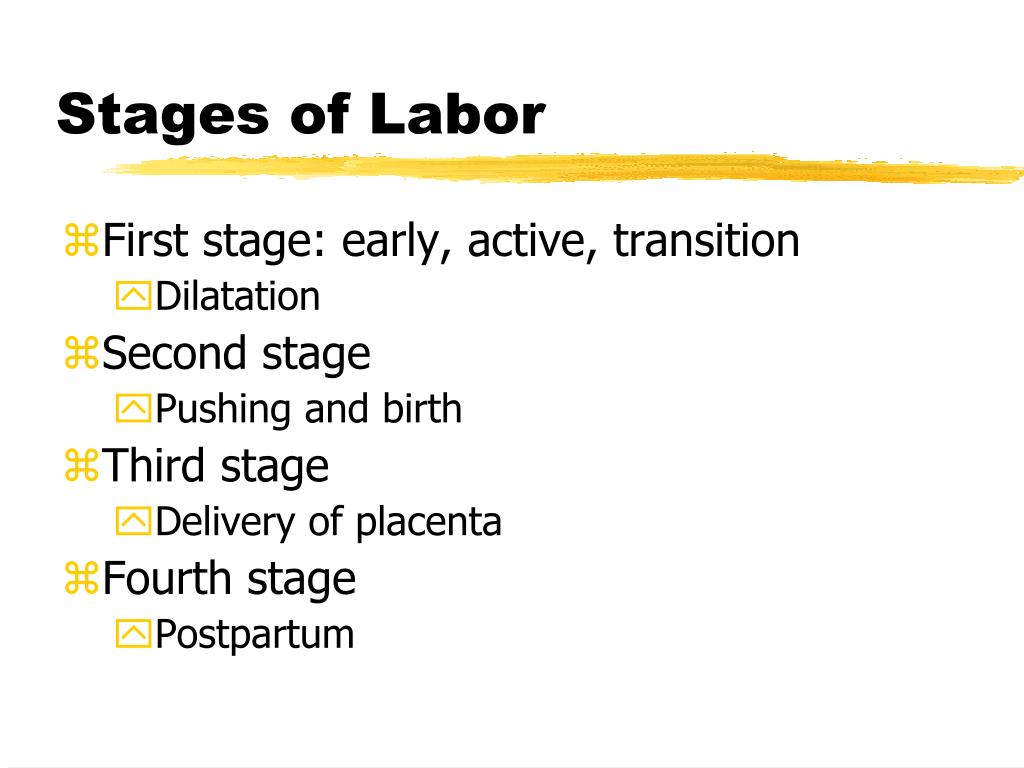

If this occurs, then there is an FTP during the first stage of labour. This is known as failure to progress ( FTP).īefore labour begins, the cervix may not dilate or become effaced. Why Labour May Fail to Processĭuring the first two active phases of labour, there may be a lack of progression or even a complete cessation of labour. After the placenta has been delivered, the uterus will continue to contract so that it can return to its original size. The mother will continue to have mild contractions and will be asked to push one more time to deliver the placenta. Stage 3 of labour lasts from 5 minutes up to an hour.

Once the baby is born, their airway will be cleared (if necessary), and their umbilical cord will be cut. After the fetal head is delivered, the rest of their body will follow shortly. In stage 2, the baby is moving through the birth canal. During this stage, the mother will be asked to bear down or push during each contraction. It may last anywhere from a few minutes to a few hours or longer. At this point, the mother may feel the urge to push and will feel pressure in her lower back and rectum. Contractions will come close together and may last for as long as 60 to 90 seconds. The last part of active labour is referred to as transition. Active labour typically lasts between 4 and 8 hours - or longer. At this point, the medical team may administer an epidural. The contractions will become stronger, closer together and regular. In active labour, the cervix will dilate from 6 centimetres (cm) to 10 cm. The length of early labour is unpredictable but may last between hours and days for nulliparous women (first-time mothers). In early labour, the mother will feel mild, irregular contractions. Stage 1 is the longest of the stages and is divided into two parts: early labour (latent phase) and active labour. When the cervix dilates and becomes effaced, the baby is able to move into the birth canal.

This causes the cervix to dilate (open) and soften, shorten, and thin (effacement). These include early and active labour (stage 1), birth (stage 2), and delivery of placenta (stage 3).ĭuring stage 1, the mother begins to feel regular contractions. The Stages of Labourĭuring a vaginal delivery, there are three stages of labour. It is particularly dangerous to the mother and baby during the second stage of labour when the baby is moving through the birth canal. Failure to progress is the primary indicator for an emergency caesarean delivery and delivery using instruments such as forceps or a vacuum.įailure to progress, which may also be referred to as dystocia, occurs during the first two stages of labour. According to one study, 8% of women have experienced a prolonged labour. Failure to progress, or prolonged labour, is a relatively common occurrence during vaginal birth.


 0 kommentar(er)
0 kommentar(er)
